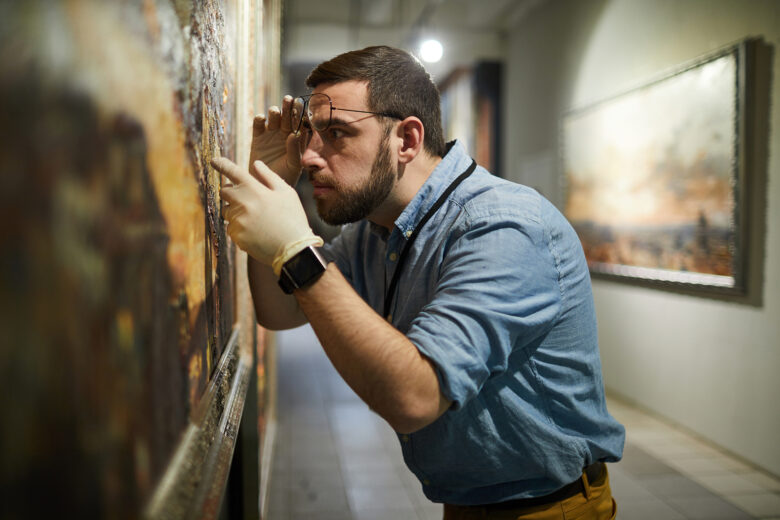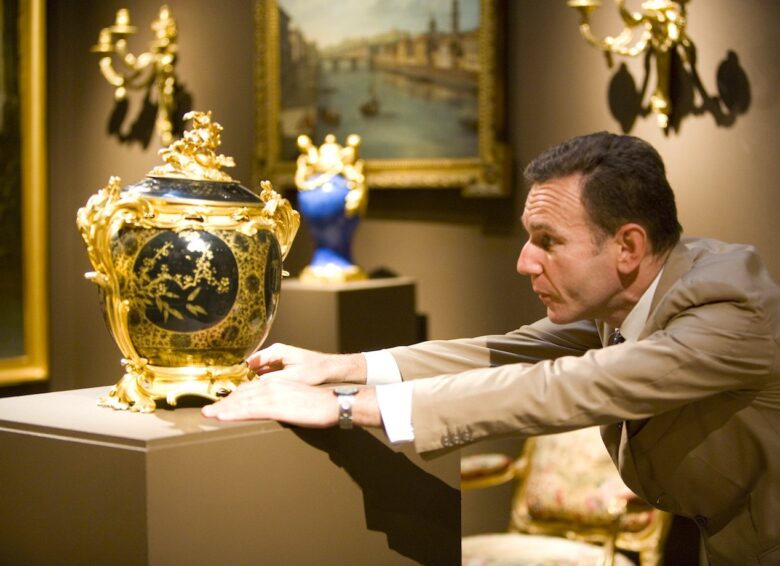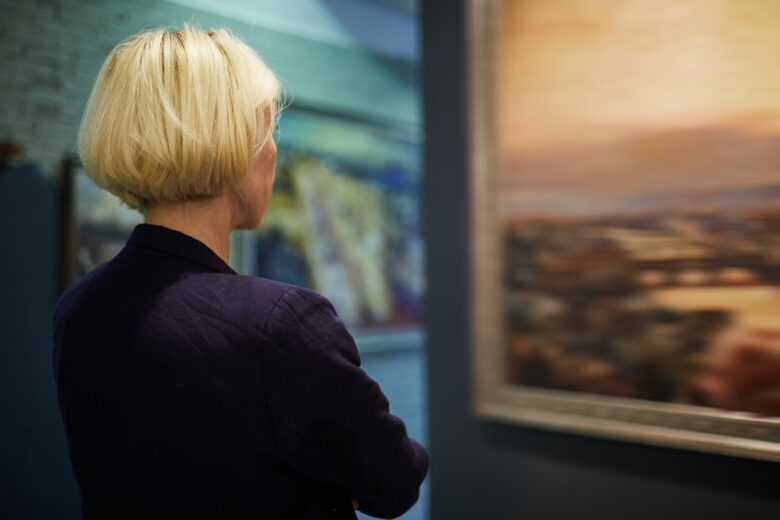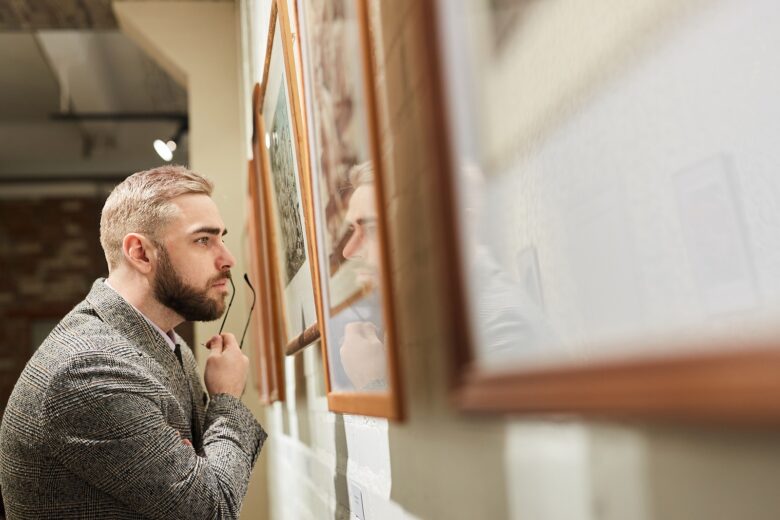The value of art is arguably one of the most hot-button, complex, and controversial topics for discussion nowadays. There is an enormous chasm in understanding the nature of art and its multi-fold significance for the modern-day world. As it usually happens, some people don’t really accept weird science under the valuation and thus consider it all irrelevant, to say the least. By contrast, others see no problems whatsoever.
To reach a sensible compromise, one should learn more about art appraisal, an indispensable service in the contemporary art industry. At first glance, the word seems foreign to many, but as you get to know more about art appraisers and their craft, you start to realize why things are the way they are. Today, you have a fair chance to explore the curious science under art appraisal and the value of art. So let’s start with the basics.
What is art appraisal?

In a nutshell, art appraisal is an opinion of the value of certain items. In this particular case, everything revolves around art. It is essential to point out that “art” here is an umbrella term encompassing a variety of things, including fine furniture, textiles, pottery, and even glassware.
The main purpose of art appraisal services is to determine the value and the monetary worth of an object, while the reasons for such an action are always different. The most common one, though, is that art collectors are required to appraise their artworks from time to time, as this information is then to be given to insurance companies.
Keep in mind that appraisal is not the same as authentication because these two terms are frequently confused. You will need another type of professionals if you want to authenticate your artwork.
Types of appraisal
As it has already been said, fine art is evaluated because of various reasons that are usually included in different types of appraisal. The major ones include the following three:
- Insurance value. It is a common option among those who want to store art and hence need to keep it safe for a long time.
- Resale value. The cost of an artwork is subject to change, so if a person wants to sell it, they need to calculate its current price first.
- Liquidation value. It is relevant in situations when you are obliged to sell a piece in limited conditions and time constraints.
Who is an art appraiser?

The job of an art appraiser is not an easy one. By definition, it is an individual expected to provide valuation services in accordance with market standards. What it basically means is that a person should value art objectively, without a bias. Impossible as it may sound, you need to work hard to become an independent and impartial professional. Furthermore, numerous associations offer necessary courses for would-be evaluators. At the end of such a course, you acquire a status of a certified art appraiser.
How is art appraised?
Contrary to popular belief, the valuation of art is a painstaking process requiring lots of time and effort. Professionals use a set of techniques to find the real value of artworks and make a full report. According to russianicon.com, there is a huge list of elements and factors that appraisers consider during estimation. Here are just some of them:
- Artist
- Dimensions
- Condition
- Provenance
- Style
- Historical context
- Exhibition history
As you see, the process implies a specific methodology. It is a complex algorithm allowing people to put a value on abstract things without the help of mathematical equations. It does look like an art in itself.
Why does art appraisal matter?

The importance of appraisal services for the art market cannot be overemphasized. Without them, the industry would be in decline because lots of things would simply lose their meaning and charm. For instance, it would be almost impossible to start and maintain an art collection. When you decide to buy or sell an artwork, you have to ask about the price. Who is then responsible for giving prices?
Another pertinent example is art insurance and restoration. How would you know the restoration and insurance coverage cost if there are no appraisers? These are only some of the most obvious examples. But is it worth it personally for you?
When it comes to personal profit, things might look different. Often, many people want to know whether it is relevant to value a painting if the cost of it is much lower than the cost of the appraisal. To tell the truth, there is no definite answer to this question. It pays to know that appraisal services have a steady price, which cannot be said about the cost of a painting. So at the end of the day, it is up to you.
Choosing the right appraisal company

Finally, you have to know a thing or two about what makes the right art appraisal company. If you need professional assistance, the best way to find necessary specialists is with the help of art collectors, art dealers, and other potential clients who have no vested interest whatsoever. In case you don’t have such friends or colleagues, you should consider the Internet. Even though there is a large amount of fake information on the web, you can always verify it using the same search engine.
Reputation and experience are the most vital attributes of an appraisal company. The more effort they put into work, the more they learn and thus become more competent. If you cannot decide what company to choose, you may find some trustworthy appraisers in the official associations. Also, don’t forget to consult experts beforehand to make sure their services are right up your alley.
In conclusion
Art appraisal is one of the most indispensable and basic services in the world of art. You can compare it to fuel that makes the art industry work properly. Understanding the science behind this complicated and continuous process is a must if you want to know how art actually works. Hopefully, more people will get a chance to learn about the importance of art appraisal and therefore change their perspectives on the value of art.

